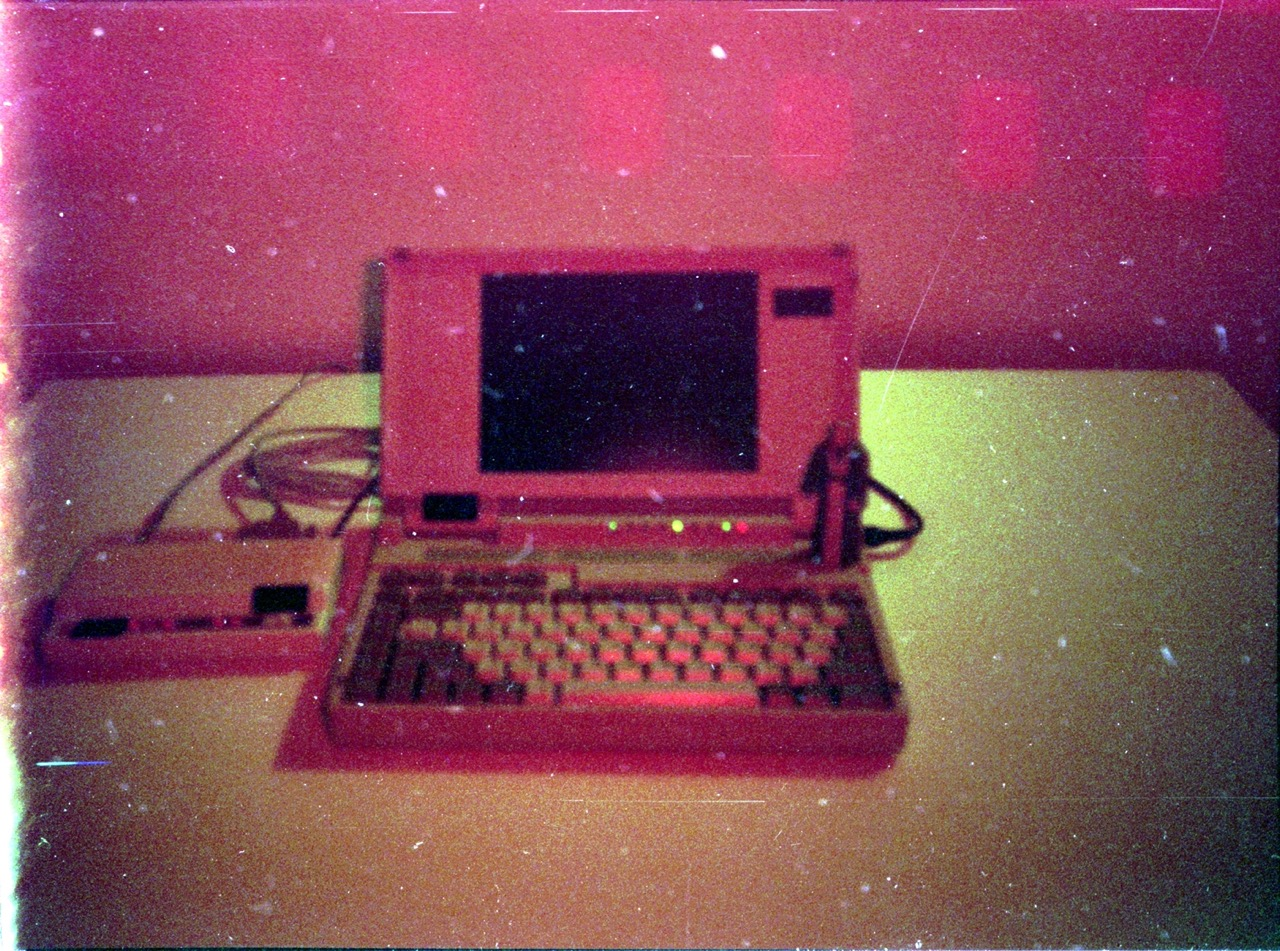DABDA
- 3 Posts
- 27 Comments
I also endorse the RPi+OSMC route. Another thing to mention about controlling Kodi [the underlying software used by things like OSMC or LibreElec] is that you can generally use any input method you prefer.
- it supports a directly connected keyboard, mouse or controller
- when using a RPi and connected to a television via HDMI, usually CEC will allow you to use your normal remote control - but if your particular TV isn’t supported there’s also things like Flirc you can plug into a USB port and then customize for your remote
- you can use a web browser from any computer on the network
- there’s a bunch of different apps for your mobile phone. On Android the official (free) one is Kore, I prefer the extra features provided by Yatse but after migrating away from using Google Play Services I’ve had issues keeping the purchased “pro” features unlocked; but it’s still a better experience even without them.
And it’s not an either/or scenario, you can use all of the above simultaneously without changing any settings.
It’s actually a 4 week delay according to sidebar (unless that’s outdated info)
I use OSMC for all the RPis connected to TVs in the house and have no major complaints from a daily-driver standpoint. Can’t speak to your specific use case requirements, but is just flashing an extra SD Card and testing it out of the question?

 8·1 year ago
8·1 year agoDesigned and built for a better society, to bring us closer together without tracking or surveillance.
And the Kickstarter link is posted with a referral code.

 5·1 year ago
5·1 year agovoulaa
voilà

 18·1 year ago
18·1 year agoBilly likes to drink soda.
Miss Lippy’s car is green.

 2·1 year ago
2·1 year agoTombstone is more expensive than Jack’s but it’s definitely a huge step up in quality. When I’m just focused on maximizing my budget Jack’s is the lowest I’ll tolerate. But if the goal is taste and quantity of toppings, Tombstone is certainly the better option.

 2·1 year ago
2·1 year agoIt’s not like specific items always being unavailable, it’s just different random things being OOS necessitating a second grocery stop. It happens everywhere, but at least post Covid, and in my region, it happens consistently with Target.
e.g.:- Campbell’s cream of mushroom soup
- Kraft mac & cheese
- (any) Butter sticks
- Jack’s frozen pizza

 2·1 year ago
2·1 year agoThere’s multiple Targets much closer to me than the nearest Walmart but I can’t recall a single time I’ve gone to one and they’ve had all the items in stock I was looking for. Simple staple items that shouldn’t have scarcity problems that just aren’t being adequately ordered or stocked on shelves.
Now that I’ve finally vented about this problem I’m now also imagining the monkey paw curling and all the customer service complaint comments will just be replaced with LLM generated pro-WM propaganda :(

 2·1 year ago
2·1 year agoThe Amazon situation was the first I’d heard about this problem so I assumed it was the same reason it happens on WM (and elsewhere). And while I certainly don’t expect Walmart to actually read reviews, I would think they would be concerned about potentially losing sales due to projecting a bad image and try to at least (poorly/cheaply) implement a system to address it.
Assuming it’s not like an email based feedback system but something with an asynchronous connection, it can’t be too hard to look for a handful of keywords (dent, missing, broken, spilled, delivery …) then throw up a Clippy-style message - “It looks like you’re talking about a problem with your order, would you like customer service to assist?” and then route the message/user in that direction.
I know I’m expecting a lot from our primitive technology in 2025 but I refuse to stop dreaming, dammit!

 23·1 year ago
23·1 year agoI vaguely recall Monty Python conducting some studies on confusing cats too. Thanks for your contributions to the ongoing research!

 4·1 year ago
4·1 year agoThanks for updating the link :)

 8·1 year ago
8·1 year agoLink points to search.app instead of actual source.

 3·1 year ago
3·1 year agohaven’t join any other instance besides lemmyworld
Not even @Don_Dickle@lemmy.ml ~30 days ago (banned 22 days ago)?
Does a low resolution desktop capture of someone slowly and sloppily typing messages for the viewer into notepad count as text-based?
How about a gigantic compressed image of mostly plain text attached to a post that requires an account to download files? Maybe also with a colored/patterned background to make trying to print the monstrosity even more fun.
Or maybe actual embedded text, but served via 300 MB of bloated libraries and fonts and a script that disables right-clicking and text selecting.

 4·2 years ago
4·2 years agoEl Torito is an extension designed to allow booting a computer from a CD-ROM. It was announced in November 1994 and first issued in January 1995 as a joint proposal by IBM and BIOS manufacturer Phoenix Technologies. According to legend, the El Torito CD/DVD extension to ISO 9660 got its name because its design originated in an El Torito restaurant in Irvine, California.
A 32-bit PC BIOS will search for boot code on an ISO 9660 CD-ROM. The standard allows for booting in two different modes. Either in hard disk emulation when the boot information can be accessed directly from the CD media, or in floppy emulation mode where the boot information is stored in an image file of a floppy disk, which is loaded from the CD and then behaves as a virtual floppy disk. This is useful for computers that were designed to boot only from a floppy drive. For modern computers the “no emulation” mode is generally the more reliable method.
I vaguely remember fighting with getting burned OS install discs to reliably boot. Another fun thing from around that time is if you happened to plug in the floppy drive cable backwards any disks inserted would be erased. That’s a great way to accidentally nuke your boot disk and be screwed if you weren’t near another working machine with a floppy drive. Lots of little headaches like that really drilled in the concept of redundancies and lots of backups (as well as not mindlessly installing a floppy drive).

 4·2 years ago
4·2 years agoI would get that when I had bots disabled in settings and one would reply to me (usually the Piped link bot). After manually adding that specific bot to the block list that stopped happening.

 20·2 years ago
20·2 years agoIs this a novelty account or something, what’s with the fixation on your belly? You’ve been milking this subject for 2 months.

 5·2 years ago
5·2 years agobiopsy
vivisection






I don’t have anything meaningful to add but just wanted to chime in that I noticed the same thing and ultimately just blocked the community. I thought about making a post but assumed it would lead into a big argument over acceptable behavior and not starting witch hunts and decided against it. I’ve also largely given up on clear or direct dialogue between mods/admins or responses to technical issues. I’m sure that doesn’t apply universally amongst the different instances but at least for .ee and .world my experiences haven’t really been productive - so I’m just going to lurk and assume everything is operating as wanted and intended. It’s too frustrating to otherwise assume that help is wanted but just not accepted.